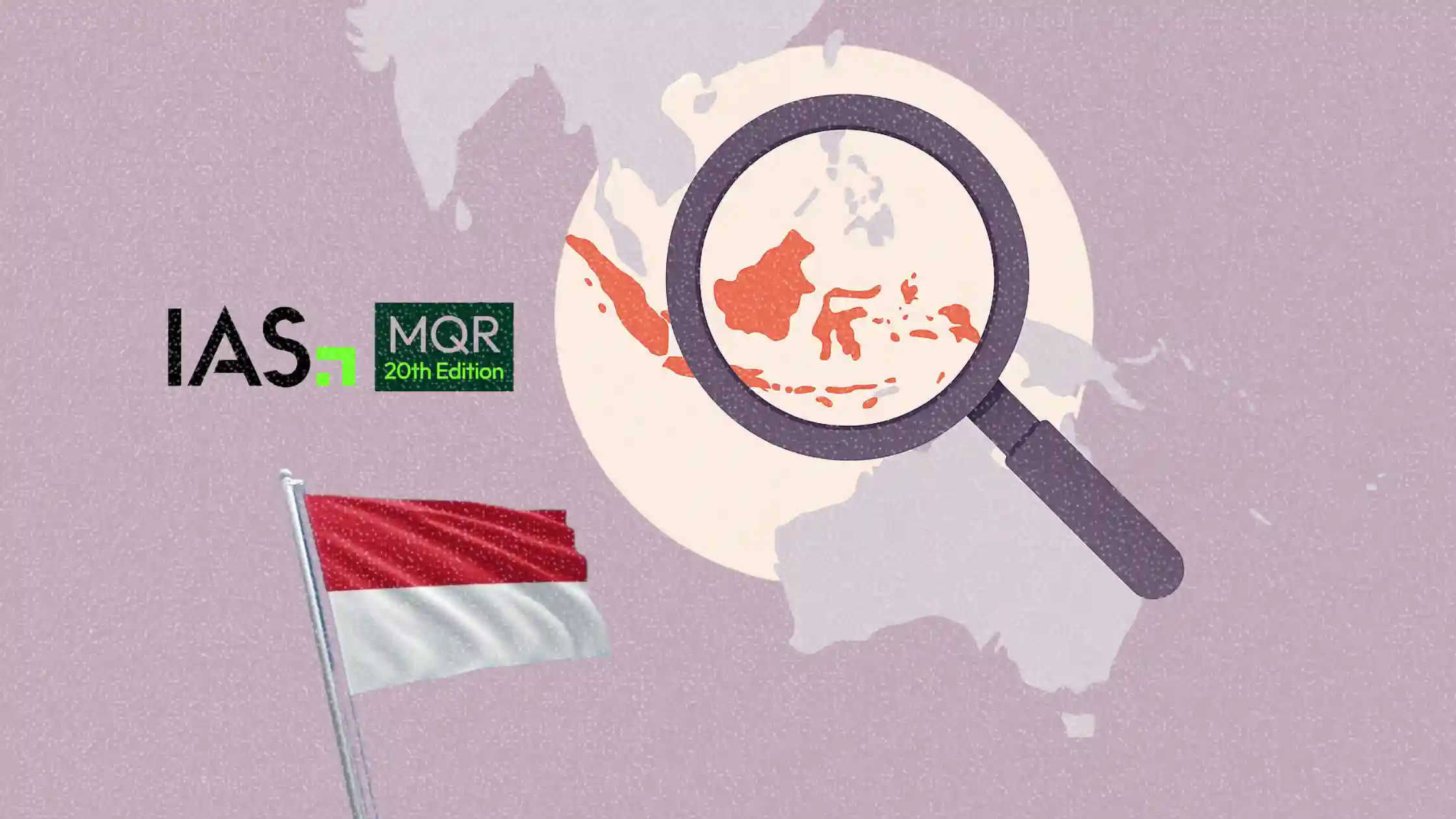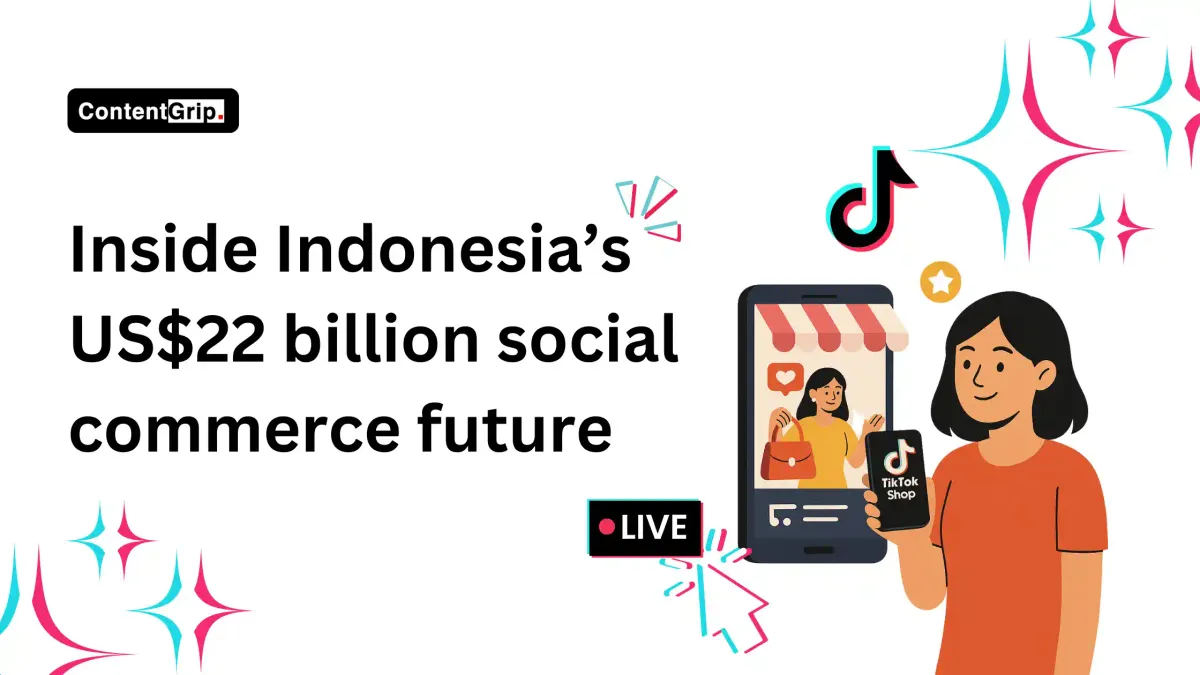Indonesia emerges as ad fraud outlier, says IAS
IAS data shows Indonesia outperforms global ad markets in fraud rates, viewability, and attention time.

While global ad fraud continues to climb and brand safety risks become more nuanced, Indonesia is proving to be a notable exception.
According to the 20th edition of the Media Quality Report (MQR) by Integral Ad Science (IAS), Indonesia ranks among the world’s safest and most engaging digital ad markets. The report, which analyzes over 280 billion digital interactions daily, places Indonesia well ahead of both regional and global averages on multiple fronts—fraud, viewability, and attention.
This matters for marketers who are increasingly pressed to demonstrate media efficiency. With tightening budgets and pressure to optimize every impression, environments like Indonesia’s—with measurable low fraud and high attention—offer rare stability.
This article explores IAS's latest findings on Indonesia’s digital media quality—and what it means for marketers trying to safeguard ad spend.
Short on time?
Here’s a table of contents for quick access:
- Indonesia's performance defies global trend in ad fraud
- Viewability and attention: high scores across devices
- Brand safety: low-risk with violent content caveat
- What marketers should know

Indonesia's performance defies global trend in ad fraud
In a year when global ad fraud for non-optimized campaigns hit 10.9%, Indonesia posted standout numbers.
IAS reported just 0.6% fraud for optimized desktop display and an astonishing 0.1% for mobile web environments—among the lowest in the world.
By contrast, neighboring Southeast Asian countries, often exposed to greater programmatic complexity, fared worse. Even in APAC as a whole, mobile web display fraud edged up from 0.4% to 0.5%.
Indonesia's performance signals a market where advertisers can run campaigns with reduced risk of wasted spend.
Viewability and attention: high scores across devices
Indonesia also impressed on viewability metrics.
Mobile app display ads had an 86.4% viewability rate, while desktop display reached 67.6%—both surpassing several APAC peers.
But it's the attention metrics that stand out most. Desktop display ads in Indonesia held user attention for an average of 31.13 seconds, while mobile web display came in at 26.49 seconds—both well above global averages.
This opens doors for campaigns built around storytelling and brand recall, rather than just short-form direct response tactics.
Brand safety: low-risk with violent content caveat
Brand safety risk was also low, with only 0.9% of desktop display impressions in Indonesia flagged as risky.
That puts the market in a stronger position than most of APAC and global averages.
However, there’s a rising concern around violent content. IAS flagged a significant spike: 62.2% of risky impressions in Indonesia in 2024 stemmed from violent content—up from the APAC average of 43.5% in H1 to 54.3% in H2. This suggests that while overall risk is down, its nature is shifting.
Globally, brand risk decreased 10.6% year-over-year. But content flagged for offensive language, hate speech, and controversial topics reached their highest levels since 2020—highlighting a growing complexity in managing brand safety across markets.
What marketers should know
1. Consider Indonesia for long-form or high-attention campaigns
With high time-in-view scores, Indonesia is ideal for brand storytelling, product demos, and other creative formats that rely on user attention rather than just impressions.
2. Double down on suitability tools, not just brand safety
While outright risk is low, the spike in violent content shows marketers need granular control. Precision targeting and contextual AI tools can help advertisers navigate these shifts.
3. Reassess APAC strategy based on performance vs. perception
Marketers often lump Southeast Asia into one strategy. This report shows clear variance in media quality across the region. Indonesia might deserve its own line item in regional planning.
4. Use Indonesia as a testing ground for optimized programmatic
Given the low fraud rates and high viewability, Indonesia could serve as a controlled environment for testing new audience strategies, creative formats, or contextual placements.
As global digital media grows more fragmented and risky, Indonesia is emerging as a rare point of calm. With fraud rates near zero in some environments, strong attention metrics, and improving brand safety, marketers would be wise to reevaluate the market’s role in their regional strategies.
But vigilance remains key—especially as violent and offensive content rise across APAC.
IAS’s 20th MQR makes one thing clear: in 2024, transparency and media quality aren’t just hygiene—they’re a competitive edge.




